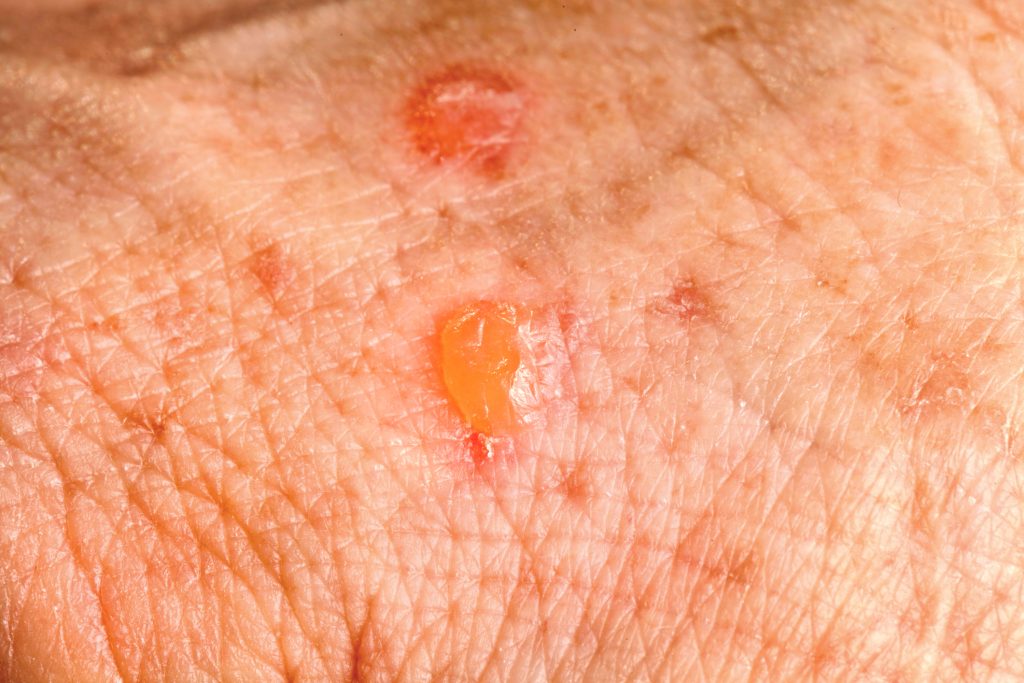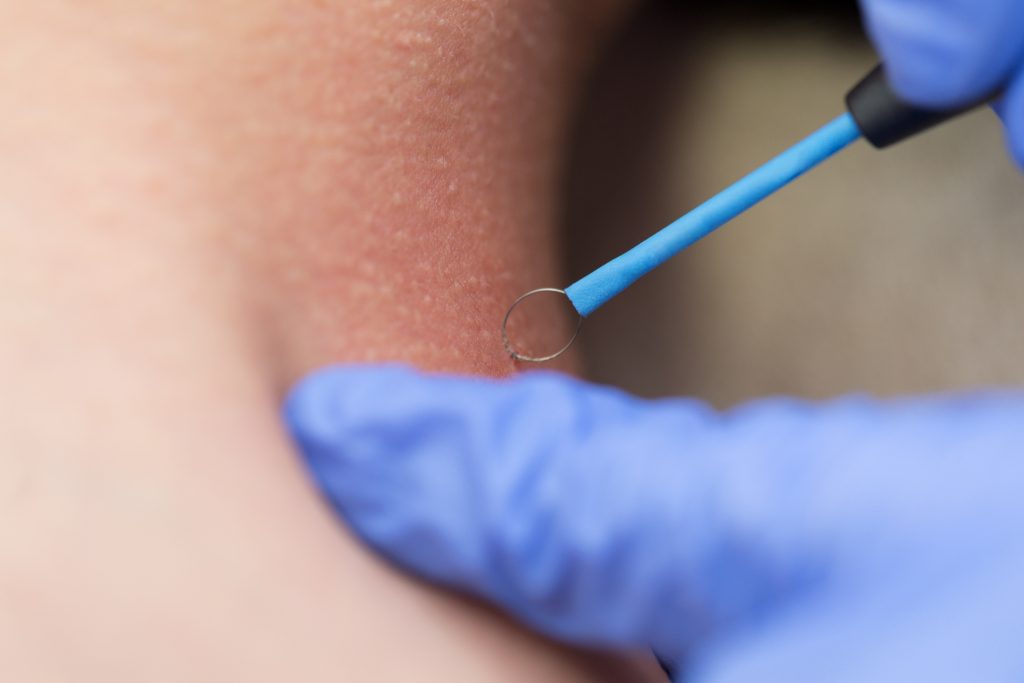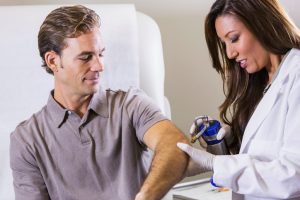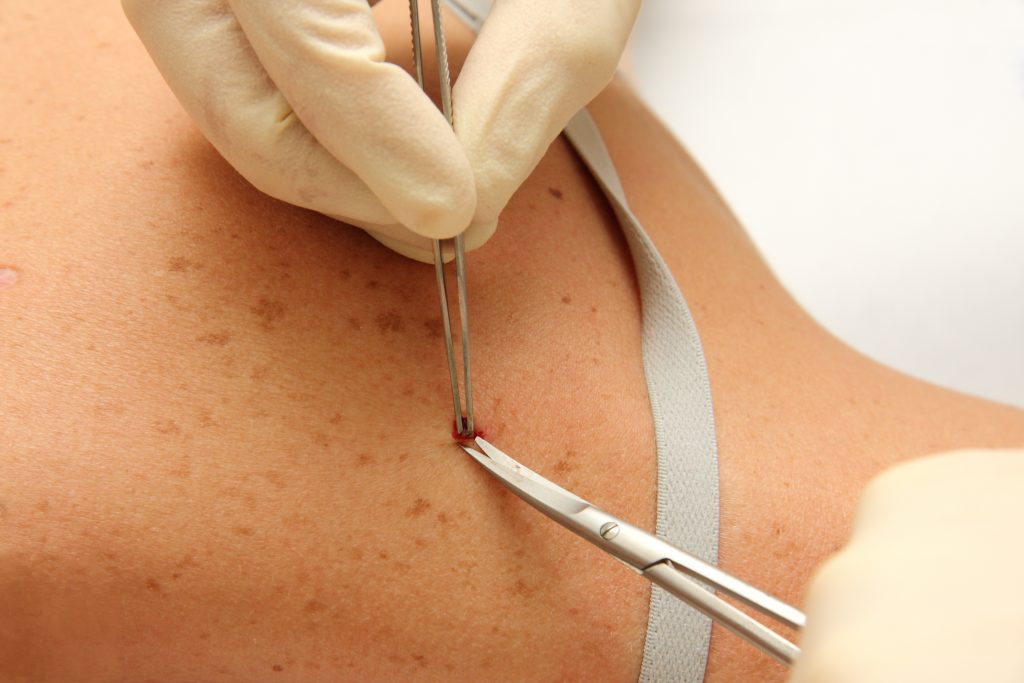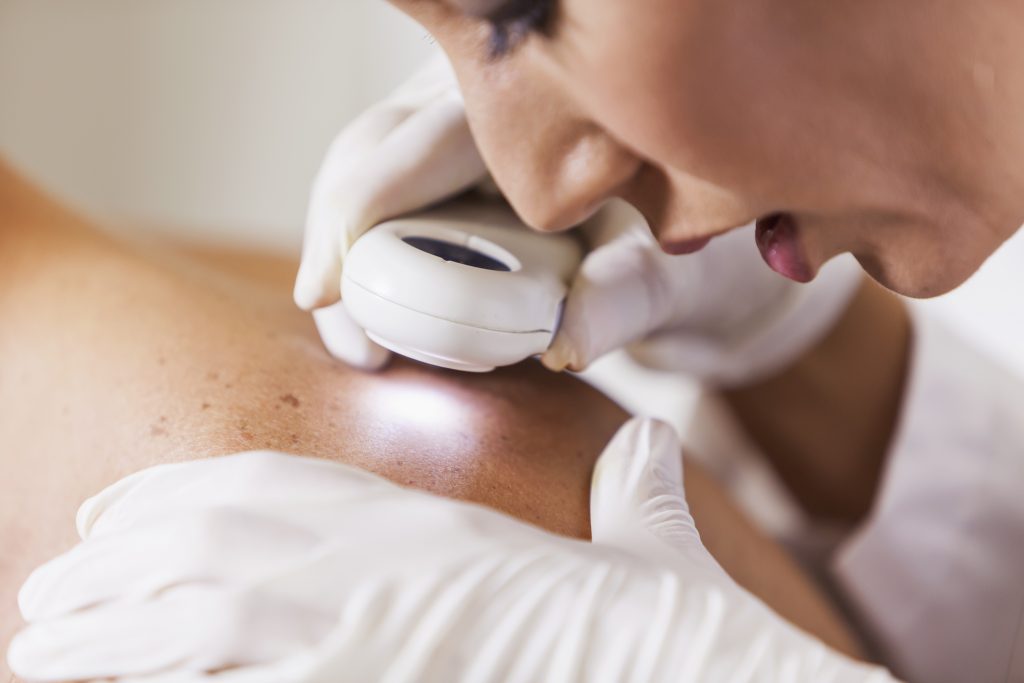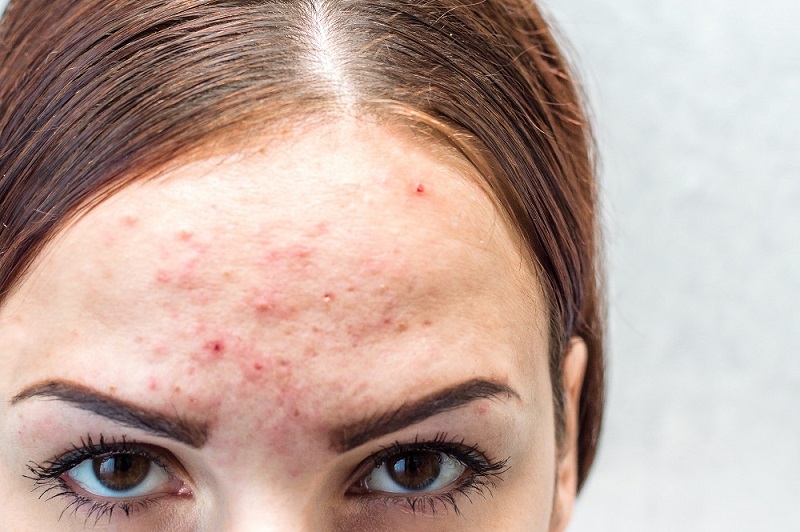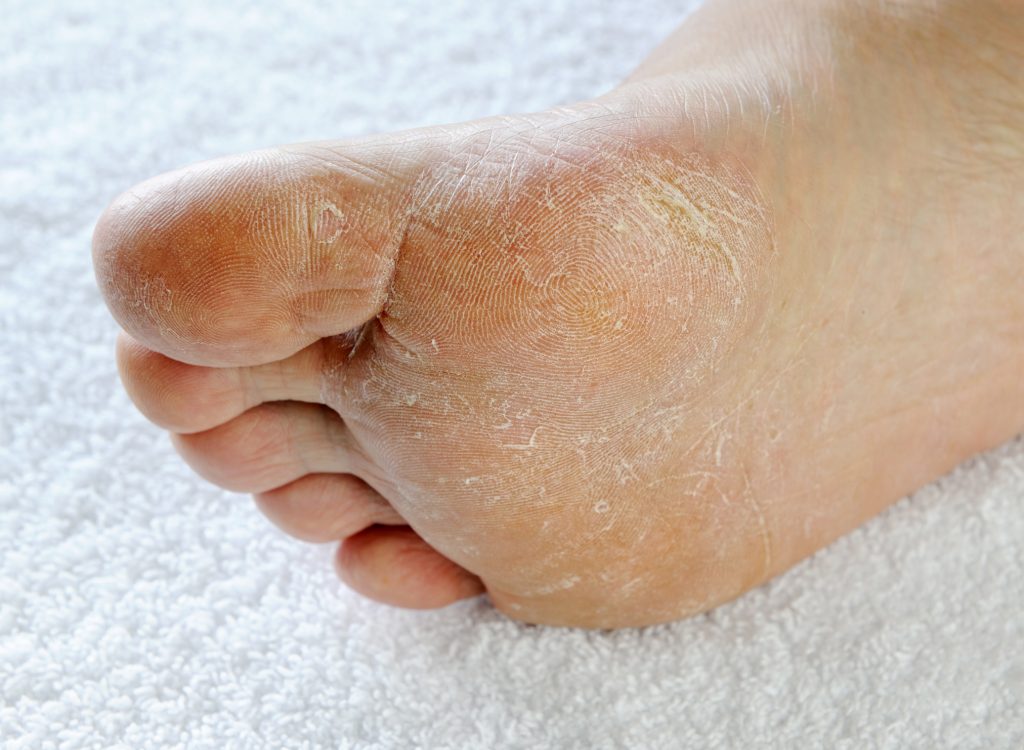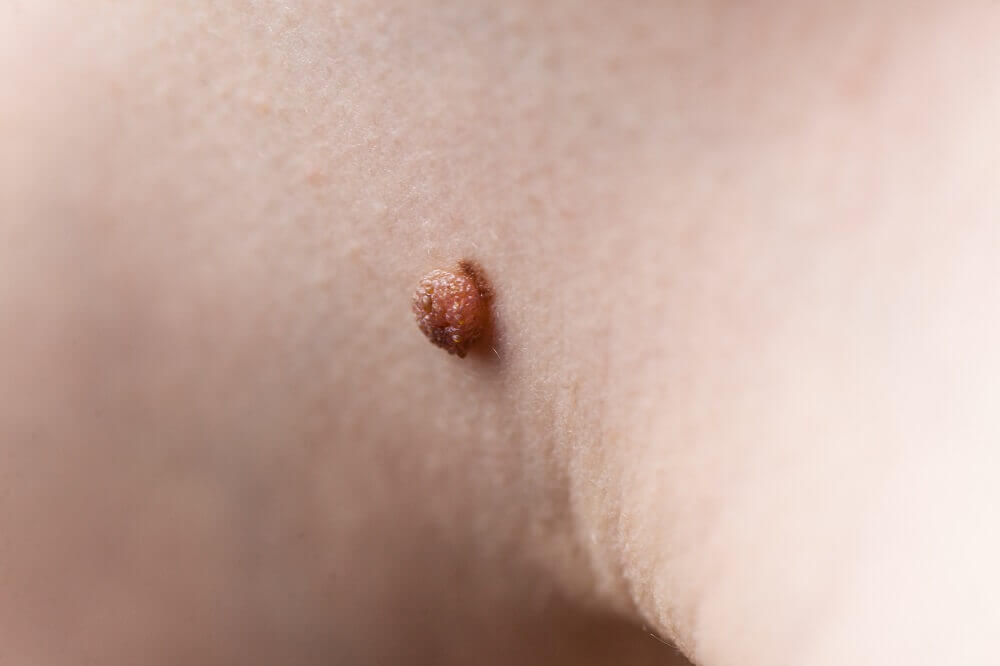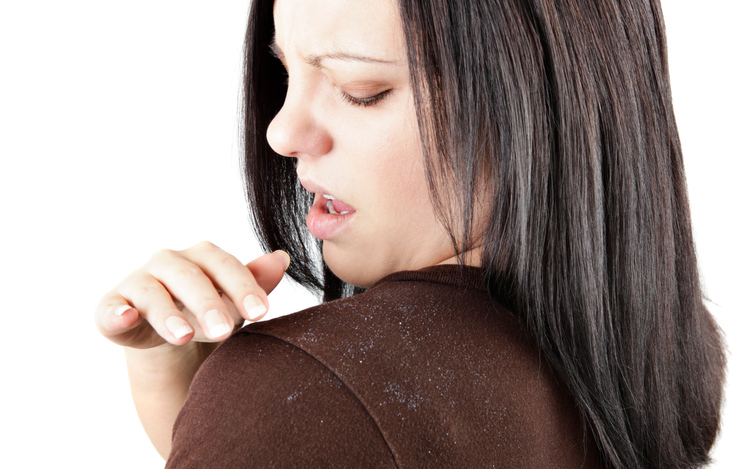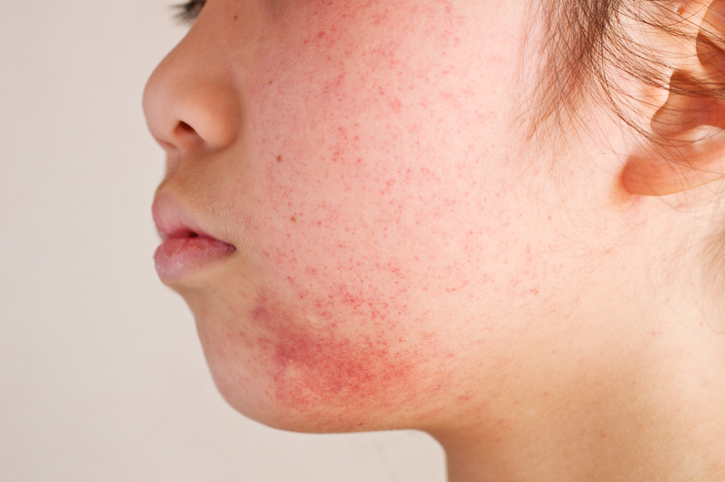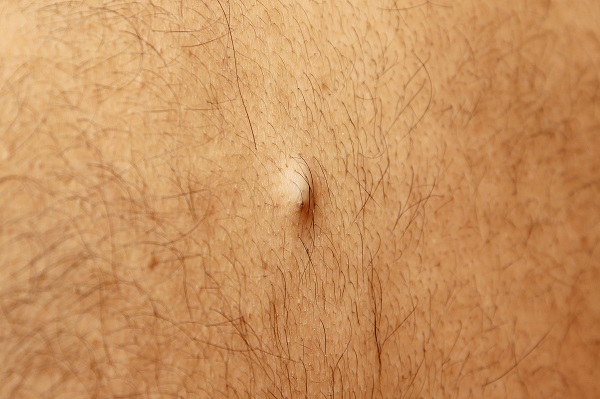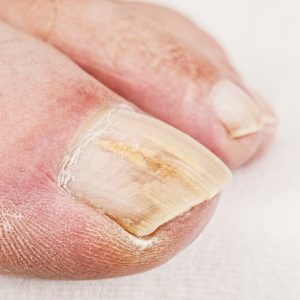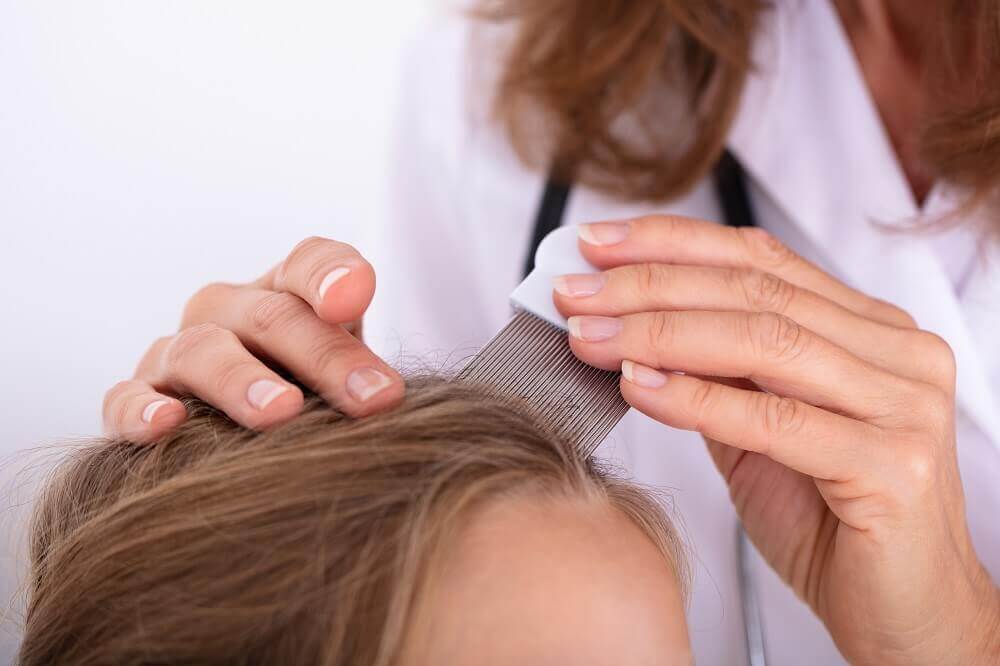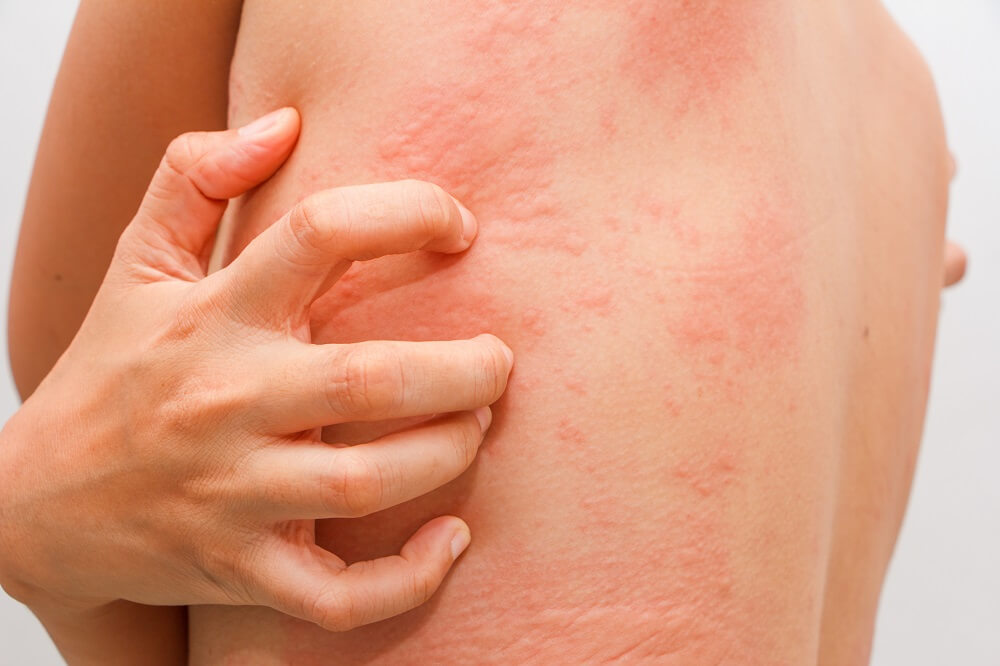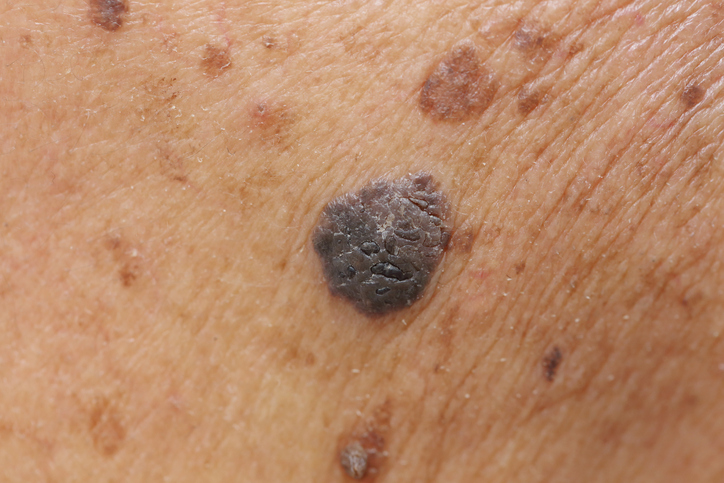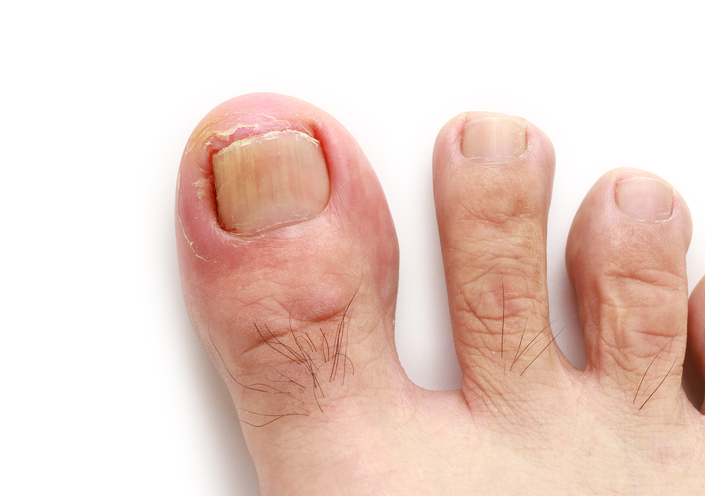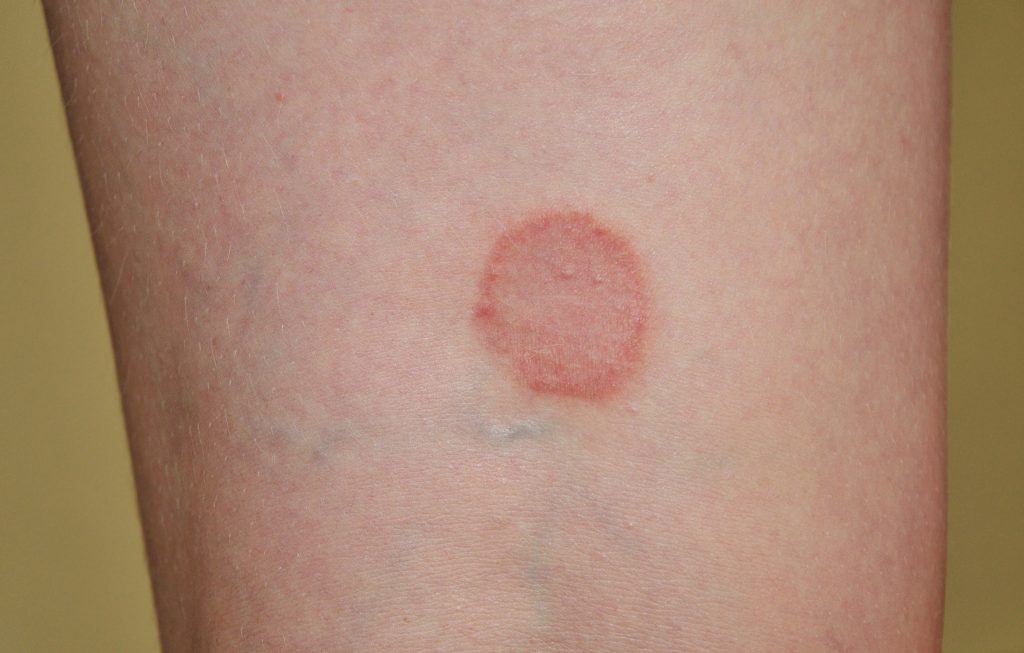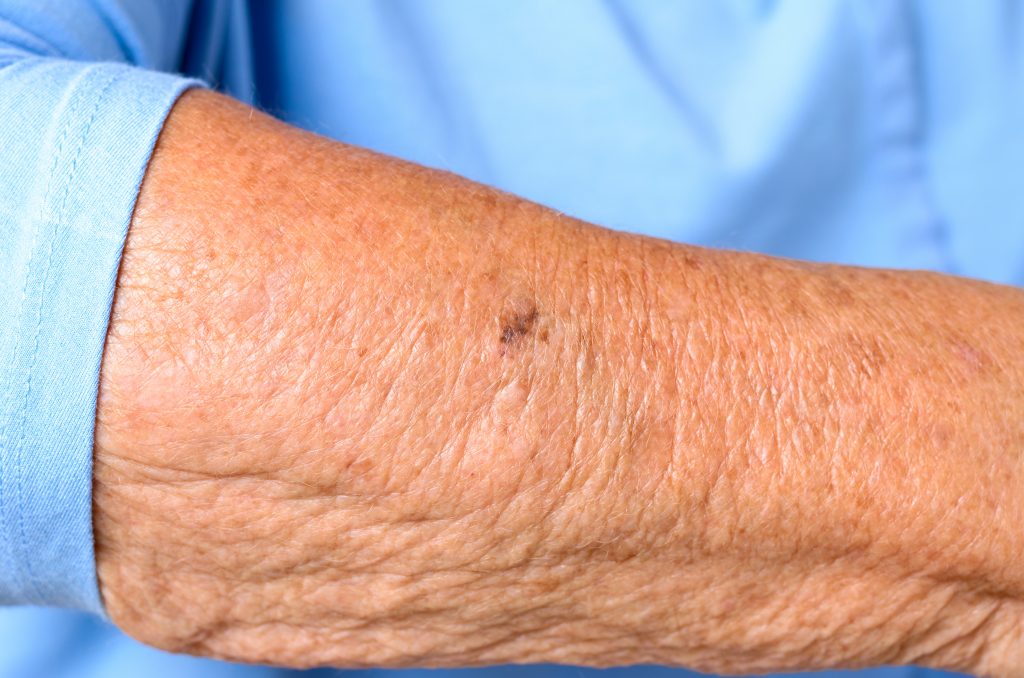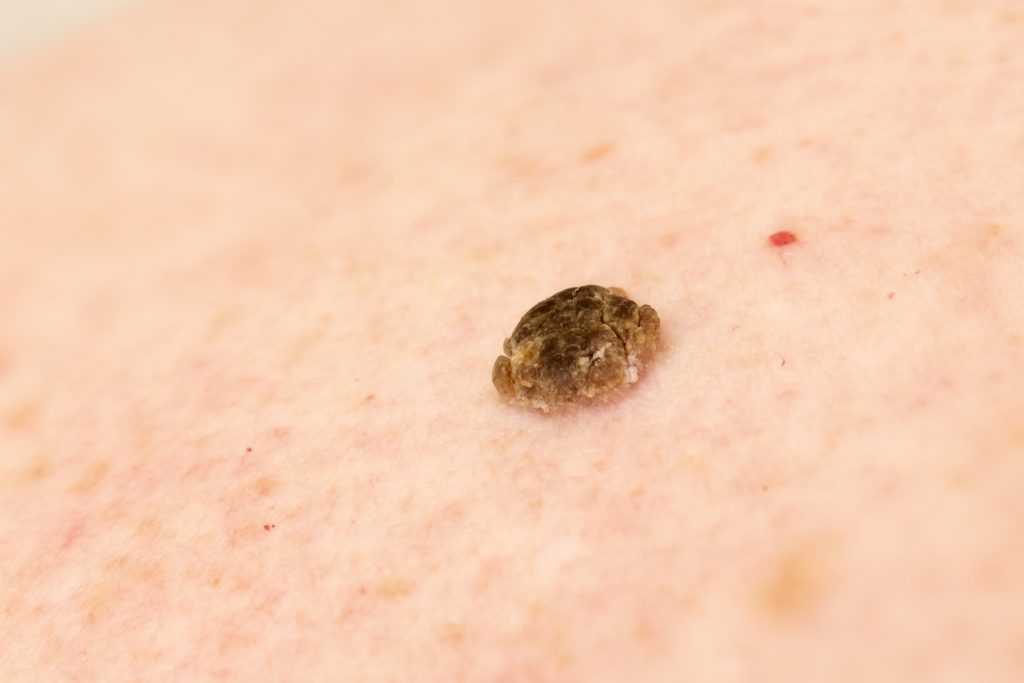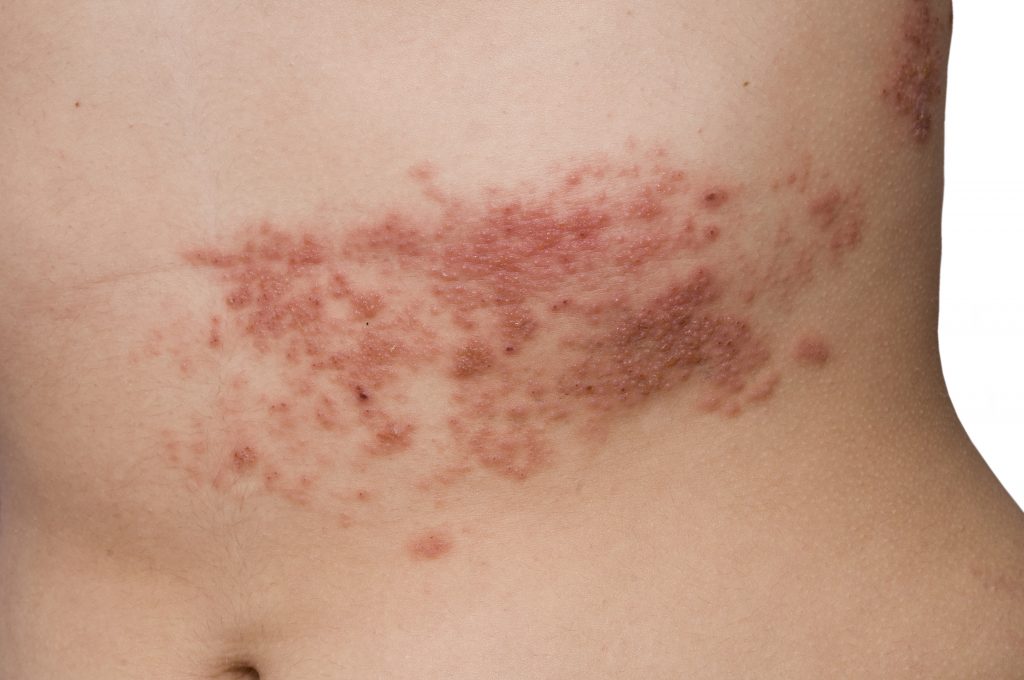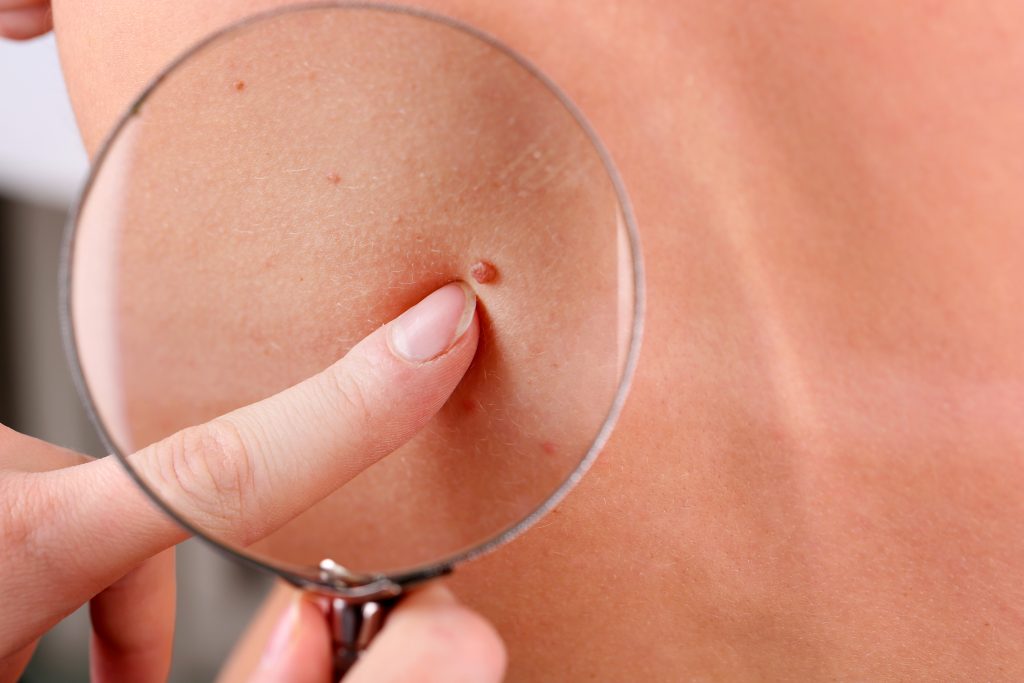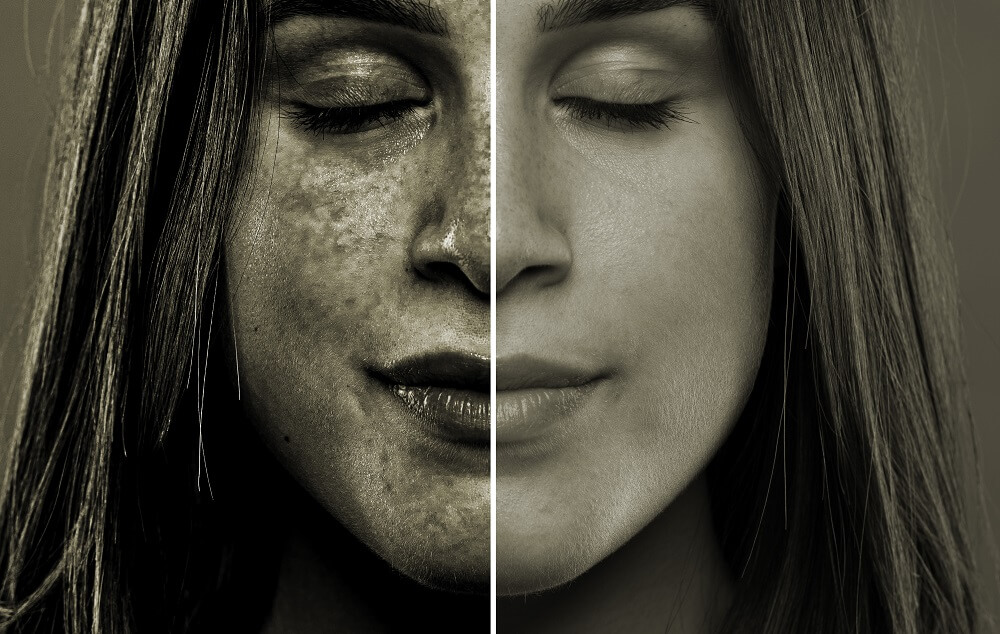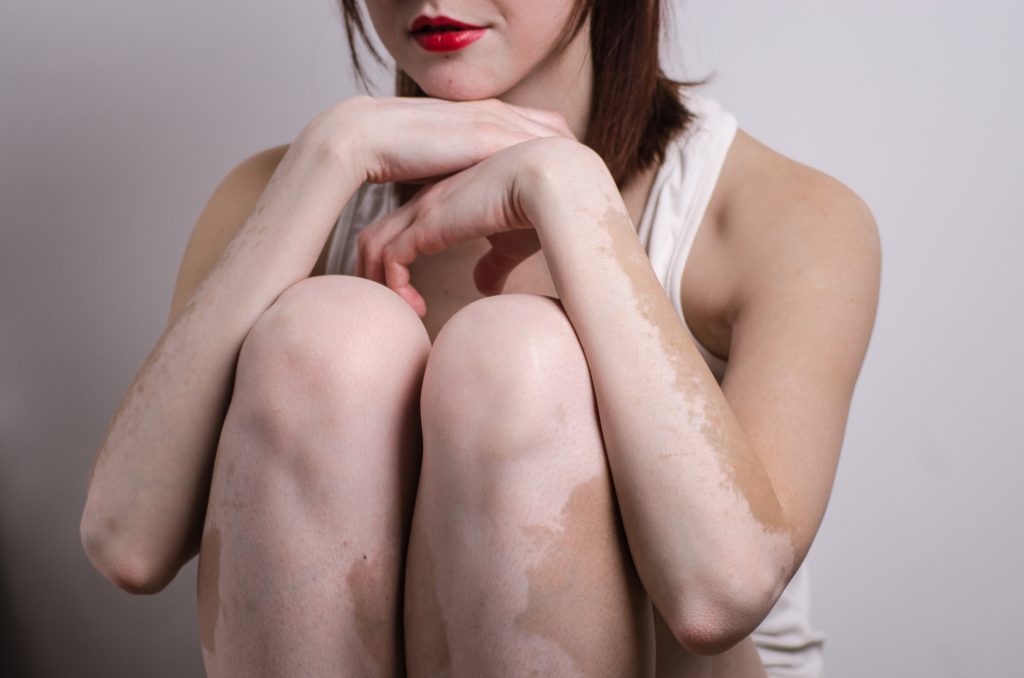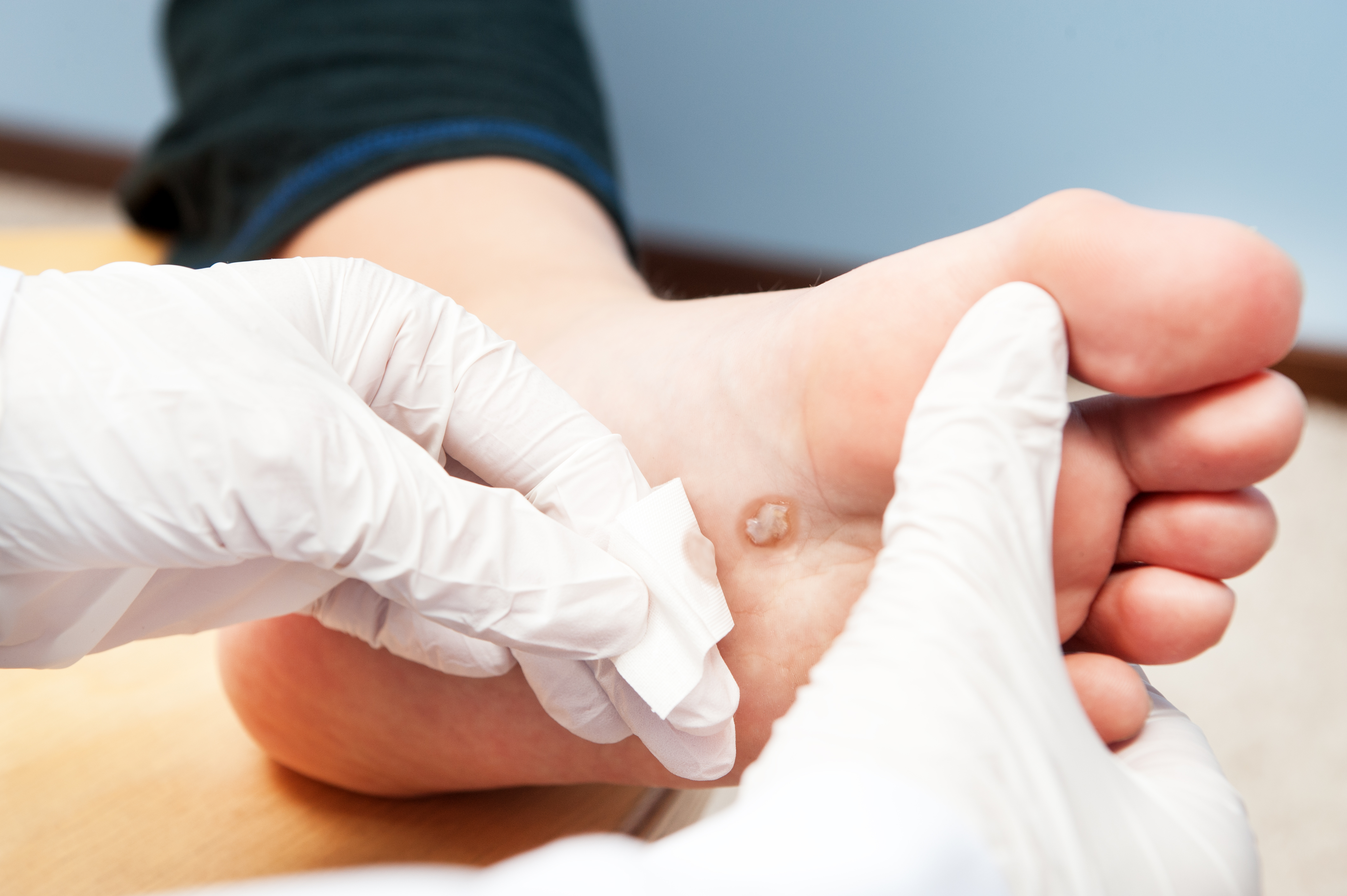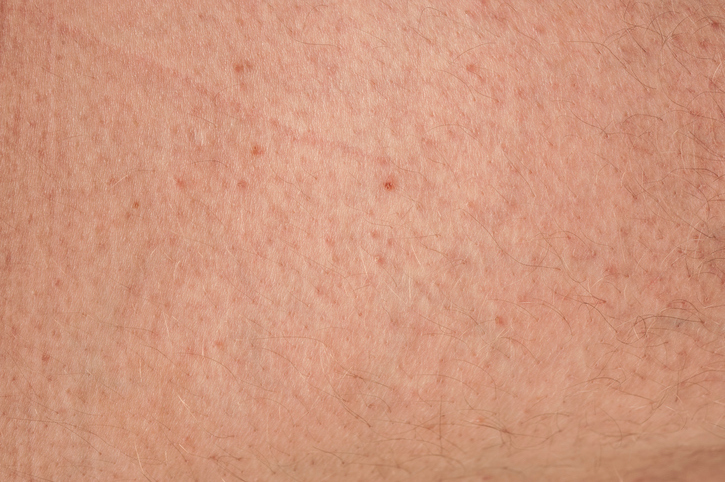Scott Osborne, PA, is a dedicated provider of dermatology services in Longview, TX. He earned his Bachelor of Science degree and Master of Physician Assistant Studies from the University of Nebraska. An Air Force Veteran, Scott has extensive experience in emergency/acute care and primary care, having worked across the country and around the world. His passion for the medical field began in childhood while helping care for his grandfather with advanced COPD, and he ultimately chose dermatology due to his fascination with the variety of skin disorders he encountered during his clinical rotations.
Scott specializes in medical dermatology, with clinical interests that include psoriasis and eczema. He is a Diplomate Fellow of the Society of Dermatology Physician Assistants (SDPA), reflecting his commitment to excellence in dermatologic care.
Outside of work, Scott enjoys fishing, working out, and attending Christian concerts. He is dedicated to serving God, actively participating in his church, and going on mission trips. He treasures time spent with his two adult sons, two beautiful grandchildren, and his German Shepherd, Max. Although a military transplant, Scott has called Longview home for nearly 30 years and deeply appreciates the generosity and friendliness of the local community.
Scott Osborne provides exceptional dermatology services in Longview, TX, and is currently accepting new patients. Contact our office today to schedule an appointment and experience his expert care.



